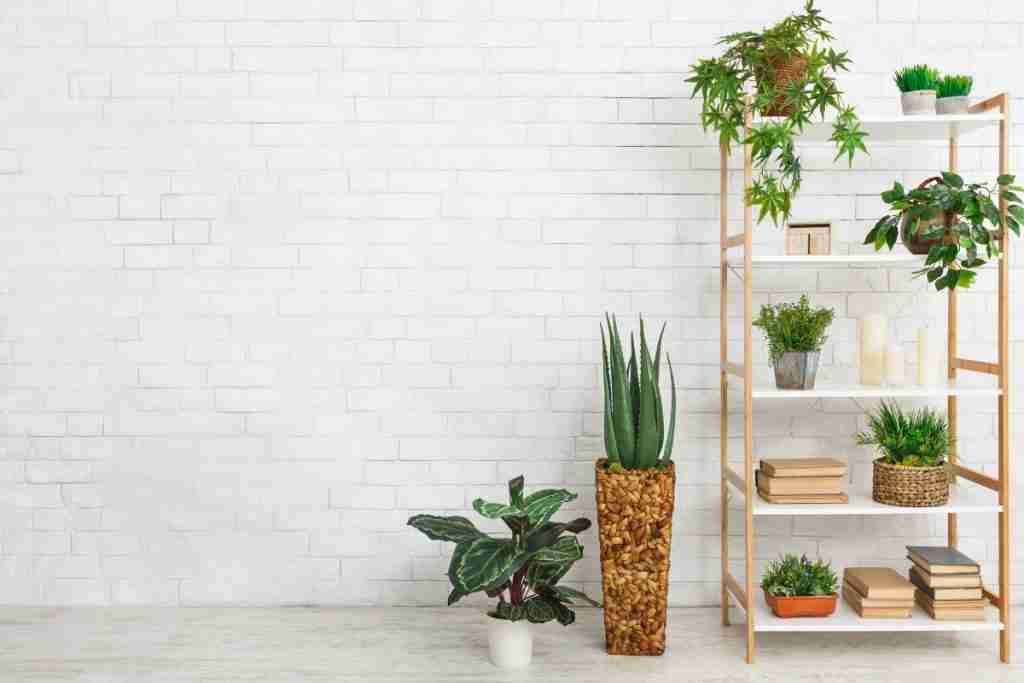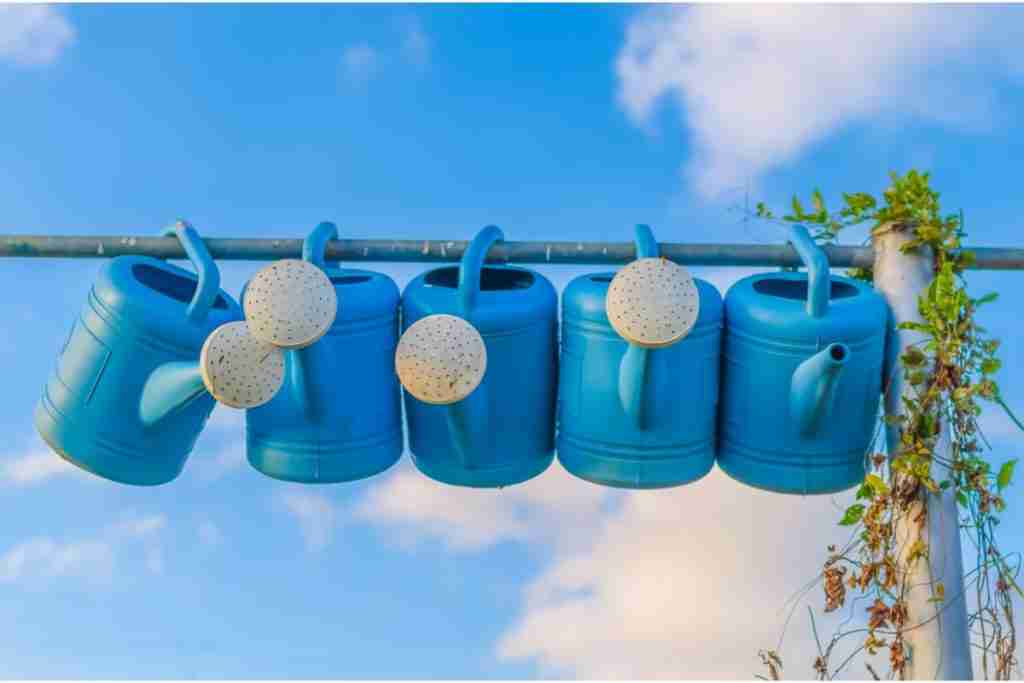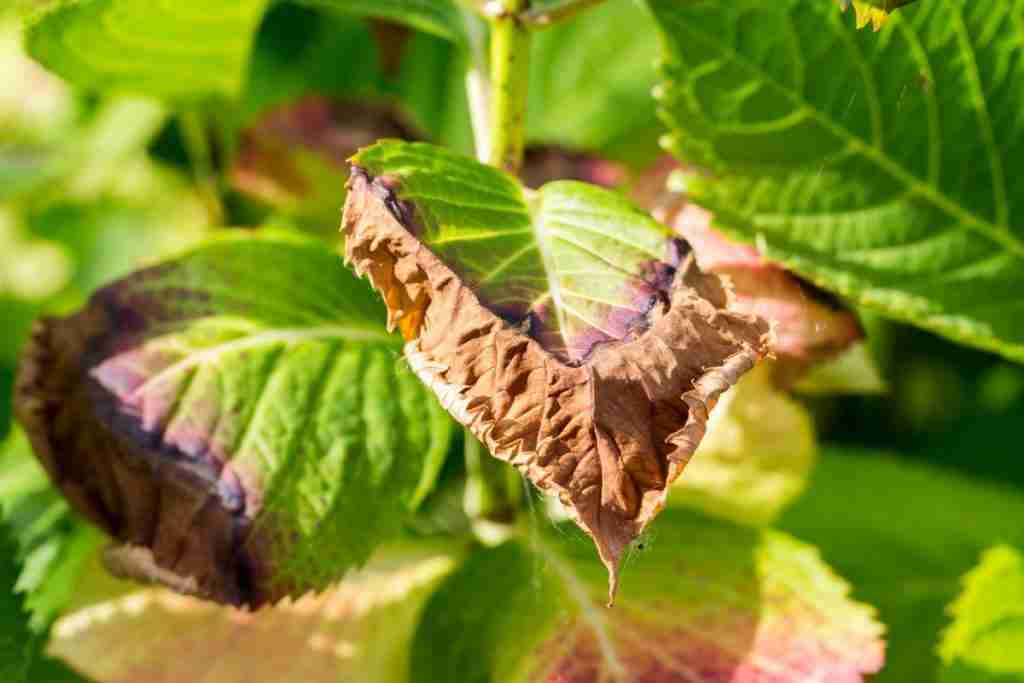
Are you planning on growing your own indoor garden this summer? If so, you need to know exactly how to go about doing it in a way that will keep you on the right track while not becoming overwhelming.
In this article, we are going to help you start your summer garden indoors with professional tips and tricks that work, whether you’re attempting a vegetable garden or your favorite summer flower.
Table of Contents
Starting an Indoor Garden for the Summer
Do you have a green thumb? If not, no worries; it’s not always something you were born with and can take time to develop. So, while you are learning, try implementing these ideas while preparing your summer garden for the season.
Decide Which Plants You Want in Your Garden
What types of plants are you interested in growing? Before you can maintain a garden, you first have to know exactly what you plan on putting in it.
There are a few great options for indoor gardens during the summer, with the most popular ones being herbs, veggies, or seasonal essentials.
- Easy to grow herbs: parsley, oregano, chives, dill, and sage
- Easy to grow veggies: carrots, tomatoes, leafy greens, and broccoli
- Easy to grow seasonal essentials: peace lilies, lipstick plant, cape primrose, and petunias
Are You Going With Seeds or Seedlings?
You can choose to start from scratch and grow your indoor garden from seeds. This can be a little more tricky compared to seedlings, but it is a cheaper option.
To grow a garden from seeds, follow these easy steps:
- Purchase seed starter containers and a starter soil mix.
- Fill each cup ¾ of the way with soil.
- Place one seed into each container at the appropriate depth (read the package).
- Add plenty of water to each cup, ensuring there is proper drainage.
- Provide plenty of sunlight or indoor artificial light.
- Move the plants from the starter containers to their permanent home once the seedling sprouts.
To grow a garden from seedlings, follow these easy steps:
- Purchase the indoor garden containers you like, ensuring they provide proper drainage and aeration.
- Place the seedlings into each pot with a healthy soil blend, ideal for your specific plant of choice.
- Place your plants under artificial lighting or in direct sunlight for at least 6-8 hours a day.
- Provide plenty of water to your seedlings, ensuring the soil always gets a little drink when dry.
Pick the Best Spot
While we already touched on this step a little bit in the above text, finding the perfect location is very important for your indoor garden to thrive.
Most indoor gardens will require plenty of lighting, so if you cannot provide a space very close to a window, you should buy a quality garden lamp that will offer artificial lighting.
You will also need to ensure your garden isn’t in a space where it is susceptible to pets, children, or in an area that sees heavy foot traffic where it can be bumped into or knocked down.
Lastly, it is important to keep in mind that air conditioners set at very low temperatures or facing directly at the garden can harm your plants. The same goes for humidifiers, air fresheners, etc. Your plants require plenty of fresh, healthy air to grow and thrive.
Maintain Your Plants
Now that you have your garden all set up, do you know what it needs to make it through the season?
No? That’s okay; we have you covered. Here are some things to keep in mind when you are growing your indoor summer garden.
Water, Water, Water

We all know how important watering is for growing any garden, but it is even more so when your little plants are just starting. This important summer gardening tip will help you stay on track.
You will likely notice that the amount of water you offer will decrease as time goes on, but more is essential in the beginning, especially when growing directly from seeds as opposed to seedlings. Seeds are going to require at least twice as much water.
When starting your seeds, always make sure the soil is moist but not wet before you even put them in the pot. Do not overwater the seeds or fill the tray so much that the seeds are pushed deeper into the soil.
Provide the Best Possible Environment
The first few weeks of growth are the most important. Your plants need optimal light, humidity levels, and ideal temperatures to thrive.
If growing your plants from seeds, you will want to cover the trays with clear plastic for the first few weeks to hold in moisture and heat. Typically, seeds tend to germinate well in temperatures between 65°-75°F.
If you cannot give your plants plenty of sunlight, you can purchase a grow light that provides artificial lighting to offer the same benefits they would normally get from the sun.
Feed Your Seedlings
Once your plants start to grow, they require plenty of nutrients to develop and thrive throughout the season. The fertilizer you choose will depend on the seeds you decide to grow.
Indoor veggies grow very well when you add organic fertilizer to the mix. Indoor flowers typically do well with fertilizer spikes placed directly into the soil, providing a slow release of long-term nutrition.
While there are tons of options, do your homework and use the products specifically made to aid in the growth of your type of garden plants. A lack of proper nutrition can stunt the growth of your garden, and inadequate or too much fertilization can kill them.
Watch for Diseases and Pests
The last of our summer gardening tips is about plant disease and pest insects. Unfortunately, insects and diseases are still an issue, even when your garden is inside. Our last summer gardening tip is to keep an eye on your plants and watch for fungus build-up or pest activity. While these are not the most charming issues to run into when growing a garden inside, they don’t have to be a giant burden either, as long as you deal with them in time.
Some bugs can be easily removed by simply picking them off the plant leaf. However, most of the time, you will need to purchase an insecticide to solve the issue. Note that not all bugs are bad, though. A beneficial insect can show up indoors just as it can in your garden bed.
To rid your plant of fungus or plant disease, you can treat the problem with a fungicide dedicated to your particular garden species. You can also treat these issues by removing the plant from the infested soil and putting them into clean soil in a new pot.
If growing a summer garden with edible items, like leafy greens, beans, tomato fruit, or any other fruit or vegetable, treat your plants with products that won’t make you sick and wash them thoroughly before eating.

Summing Things Up
Get a good start on your summer indoor garden with the tips and tricks above. As long as you follow the gardening tips above and do your part to ensure your plants are watered, fed, and cared for properly, you can have the summer garden you always dreamed about that produces exceptionally healthy, rich, and lush plants.
